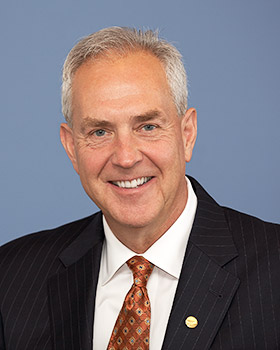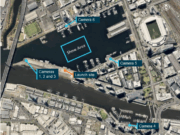
Not a day goes by when there isn’t some new development — positive or negative — about unmanned aircraft systems (UAS) and their growing presence in national airspace systems. As this issue of AeroSafety World was going to press, there were unconfirmed reports out of London that a British Airways Airbus A320 on approach to London’s Heathrow Airport may have been struck by a “drone.” The airplane landed safely, and an investigation was launched — as were dozens of stories about the growing number of UAS aircraft sightings by airline pilots and the threat that UAS may pose to aviation safety.
On the other end of the spectrum are persistent calls for regulators to speed up the promulgation of rules governing the safe operation of UAS in civilian airspace. The rationale for the urgency often revolves around the potential commercial, humanitarian and efficiency benefits that society may realize once UAS, known in International Civil Aviation Organization parlance as remotely piloted aircraft systems or RPAS, are widely accepted and operated.
Like many organizations in the aviation community, Flight Safety Foundation is tracking RPAS developments closely, and we are considering how best to add value to the ongoing safety discussion. In Melbourne, Australia, the Foundation’s Basic Aviation Risk Standard (BARS) program office, under the leadership of Managing Director David Anderson and in consultation with a variety of stakeholders — including BARS member organizations (BMOs), manufacturers, insurance companies and UAS aircraft operators — is developing an RPAS audit protocol. Like BARS, the RPAS standard will be risk-based and will not be based on material drawn or sourced from any particular regulatory document. The process of developing the RPAS standard started with asking the question, “What are the risks in operating RPAS?” and then determining what controls would be needed to address the identified risks.
The BARS Technical Advisory Committee, which comprises representatives from the BMOs, is scheduled to meet in early May to review the RPAS work done to date and to start another round of discussions and consultations on the controls and defenses needed for such an industry standard. In essence, this continues work on the RPAS bow tie diagram. In a recent update briefing on the development work, David said, “The challenge as we see it now is to derive something useful for most sizes of operations: micro RPAS through to the large aircraft that can use multiple controllers and operate beyond visual line of sight.”
UAS/RPAS represent a significant portion of the aviation industry’s future. To realize their potential and ensure safe operation, all sectors of the aviation industry need to work together to develop reasonable, well-conceived risk mitigations.


